The Saab 900 Red Arrow is one of those rare automotive gems that captures the essence of what made Saab a unique and beloved brand. Produced exclusively for the Dutch market in the late 1980s, the Red Arrow was a special edition of the Saab 900 Turbo that combined performance, style, and exclusivity in a package that has become highly sought after by collectors and Saab enthusiasts alike. In this article, we’ll dive into the details of this fascinating model, its history, and why it remains a significant part of Saab’s legacy.
Table of Contents
The Genesis of the Saab 900 Red Arrow
The Red Arrow was conceived by A.I.M., Saab’s importer in the Netherlands, as a way to make the remaining 8-valve turbocharged Saab 900s more appealing to customers. The automotive landscape of the late 1980s was rapidly evolving, and Saab was already shifting its focus to more modern 16-valve engines. However, with a surplus of 8-valve Turbo 900s in stock, A.I.M. saw an opportunity to create a special edition that would stand out in the market.
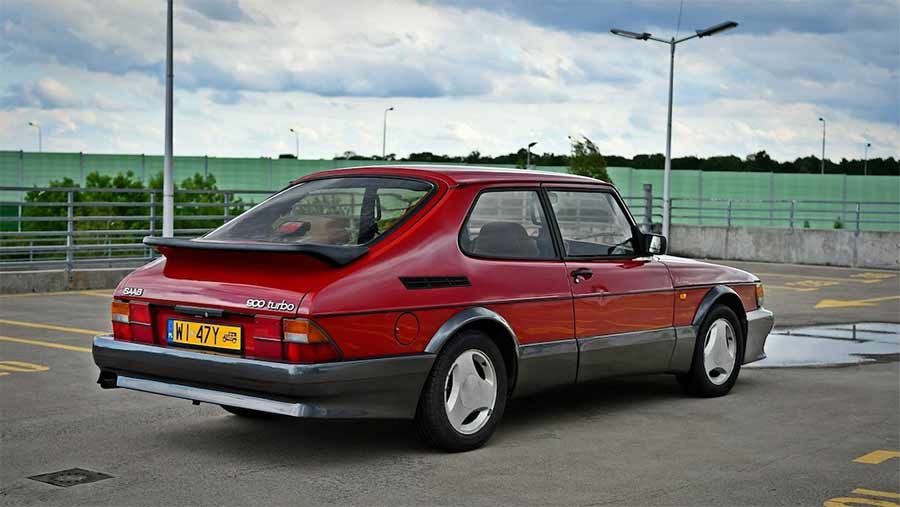
The result was the Red Arrow, a model that combined Saab’s robust engineering with distinctive cosmetic enhancements. The Red Arrow was available in two model years, 1987 and 1988, and was limited to just 150 units. This exclusivity, along with its unique design elements, has made the Red Arrow a coveted collector’s item.
Distinctive Features and Design
What sets the Saab 900 Red Arrow apart from other 900s of the era is its distinctive appearance. The Red Arrow was built on the 3-door Saab 900 Turbo platform, and it was immediately recognizable thanks to its vibrant red paintwork, which was complemented by a grey AirFlow body kit. This kit included extended front and rear bumper covers, side skirts, and a prominent ‘whale tail’ rear spoiler, giving the car an aggressive, sporty look.
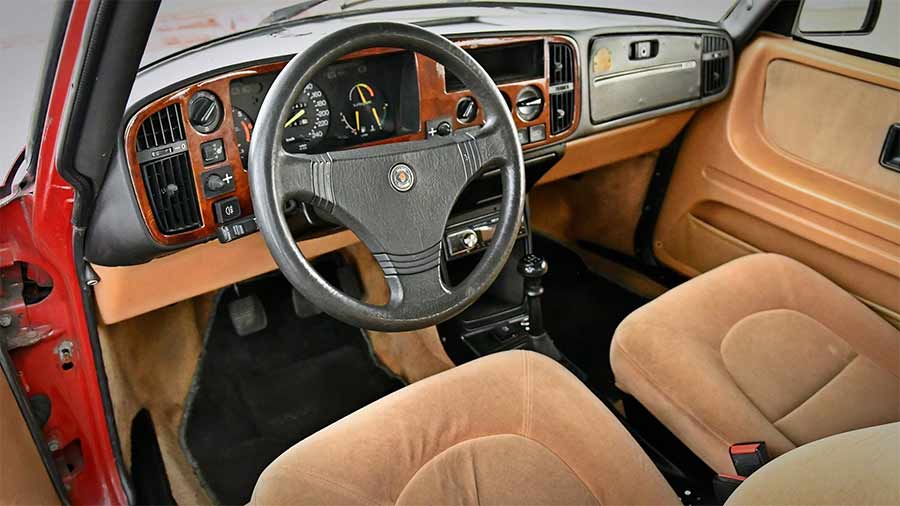
The Red Arrow also featured 6″ x 15″ ‘Super Inca’ wheels on 100 of the 150 cars produced. The remaining 50 cars were fitted with 15-spoke ‘Turbo 85’ wheels, a decision driven by a shortage of the more expensive Super Inca wheels. This distinction has only added to the intrigue and desirability of the model.
Inside, the Red Arrow was outfitted with a tan cloth interior, a departure from the leather interiors found in more luxurious Saab models like the Carlsson. The interior was further distinguished by a Carlsson steering wheel, adding a touch of performance pedigree. However, in line with its more utilitarian focus, the Red Arrow was equipped with manual side mirrors, windows, and lacked air conditioning, reinforcing its status as a ‘poor man’s Carlsson.’
Performance and Mechanics
Under the hood, the Red Arrow was powered by Saab’s 2.0-liter 8-valve turbocharged engine. Despite its somewhat outdated technology compared to the 16-valve engines being introduced at the time, the 8-valve turbo engine was a formidable performer, producing 155 horsepower. This power output was achieved thanks to the inclusion of an intercooler, a feature that enhanced the engine’s efficiency and performance.
The Red Arrow’s engine was paired with a 5-speed manual gearbox, providing an engaging driving experience that was characteristic of Saab’s turbocharged models. The car’s front-wheel-drive layout, combined with its turbocharged power, made it a lively performer on the road, capable of delivering a thrilling driving experience even by modern standards.
The Red Arrow’s Legacy and Rarity
The Red Arrow’s limited production run and unique features have made it a rare and highly sought-after model in the Saab community. While 150 units were planned, it is believed that fewer were actually produced, with the highest known Red Arrow serial number being 138. This rarity, combined with the car’s distinctive appearance and performance capabilities, has made the Red Arrow a prized possession among collectors.
The Red Arrow is often compared to the Saab 900 T8 Special, a similar model produced for the Swedish market in 1989. Both models share the 8-valve turbo engine and AirFlow body kit, but the Red Arrow’s Dutch-market exclusivity and its association with A.I.M.’s creative marketing efforts have given it a unique place in Saab’s history.
A Modern-Day Example: The Auction Highlight
Recently, a Saab 900 Red Arrow was listed for auction on Car and Classic, drawing significant attention from enthusiasts. This particular example, Red Arrow car number 118, was one of the 100 units equipped with the coveted ‘whale tail’ spoiler and Super Inca wheels. The car had been well maintained, with a long list of recent mechanical work completed, including a gearbox replacement, cylinder head overhaul, and new fuel pump.
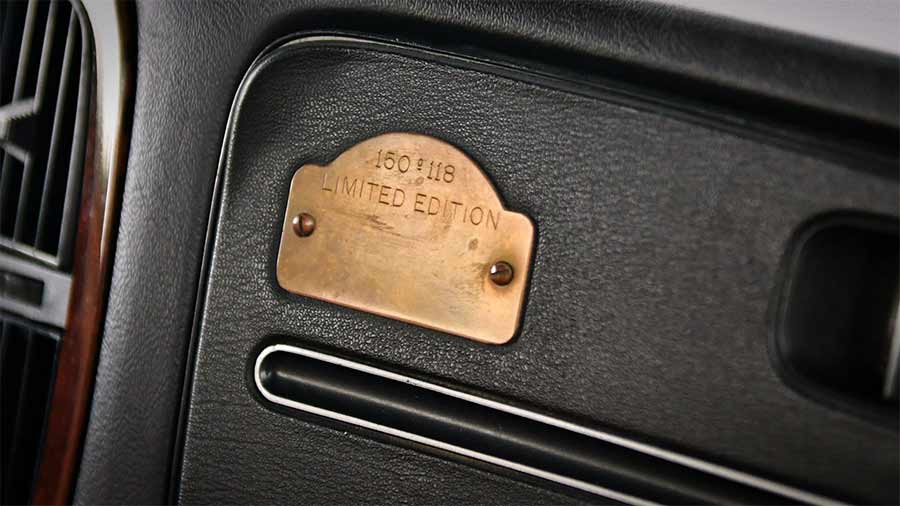
Registered as a historic vehicle in Poland, this Red Arrow had a valid technical inspection and was described as a “fast and practical four-seat hot hatch.” Its classic red bodywork and factory-correct grey anodized Carlsson aero kit were in good order, with only minor signs of age. Inside, the beige velour interior was well preserved, and the dashboard and switchgear remained in excellent condition.
Despite its rarity and condition, the auction ended without meeting the reserve price, a testament to the car’s unique market position. However, for those who appreciate the history and exclusivity of the Saab 900 Red Arrow, this example represented a rare opportunity to own a piece of Saab’s storied legacy.
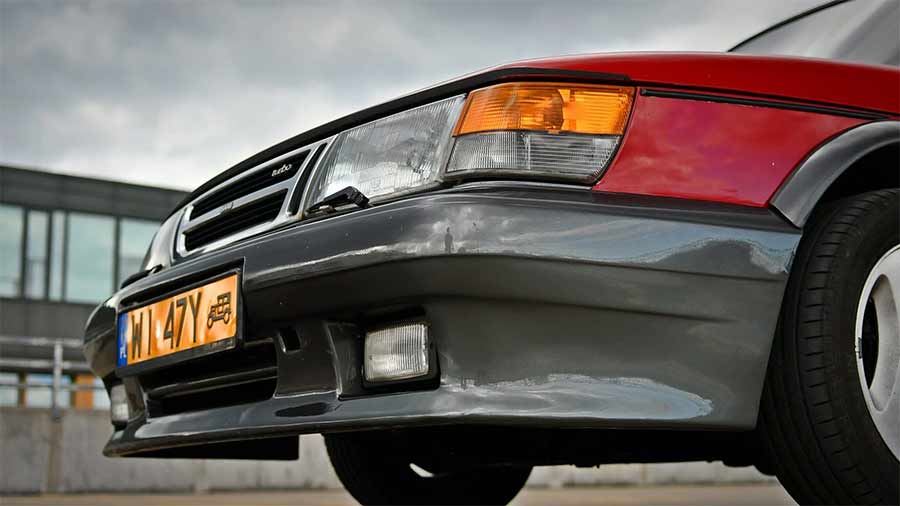
The Red Arrow’s Place in Saab’s History
The Saab 900 Red Arrow is more than just a special edition; it’s a symbol of Saab’s ingenuity and its ability to adapt to market challenges. By taking a surplus of 8-valve Turbo 900s and transforming them into a desirable limited edition, A.I.M. not only managed to clear its inventory but also created a car that would become a beloved icon among Saab enthusiasts.
The Red Arrow’s combination of performance, style, and rarity ensures that it will remain a significant part of Saab’s history for years to come. Whether as a ‘poor man’s Carlsson’ or as a unique expression of Dutch automotive culture, the Red Arrow stands as a testament to the creativity and passion that defined Saab during its golden years.
In conclusion, the Saab 900 Red Arrow is a car that embodies the spirit of Saab: innovative, quirky, and built to last. For those fortunate enough to own one, it represents a unique piece of automotive history that continues to captivate and inspire.
See Also Saab 900 Silver Arrow, also for Dutch market.






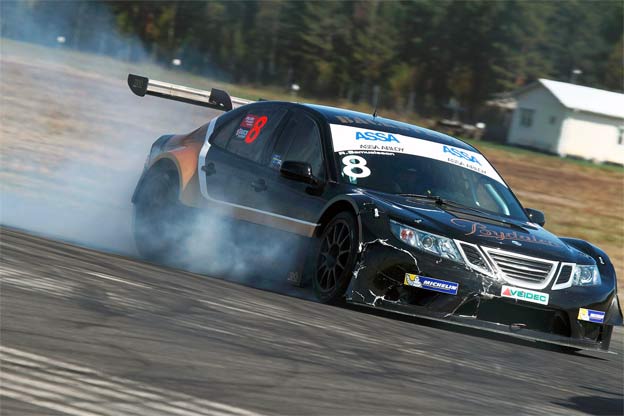
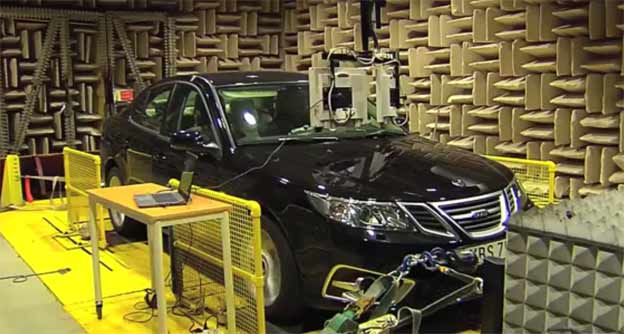


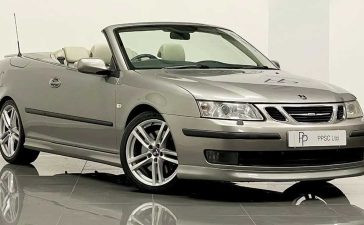
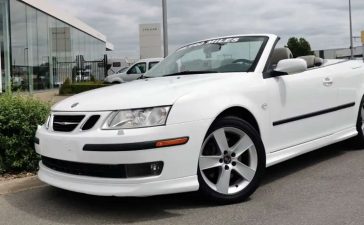
Interseted in buying latesr model produced.
2003 Saab 9-5 available Santa Fe, crucible68@gmail.com
There was also a Red Arrow version for the Swedish market, but the airflow kit was in the body color.
Mine was silver, miss that car but got a new 2008 Ttid convertible.
Loved everything about my 900 Turbo! The turbo whistle at hiway speed always got my attention thinking it was a hiway patrol behind me!!
Beauté peut être pas , mais elle depotais grave ?,